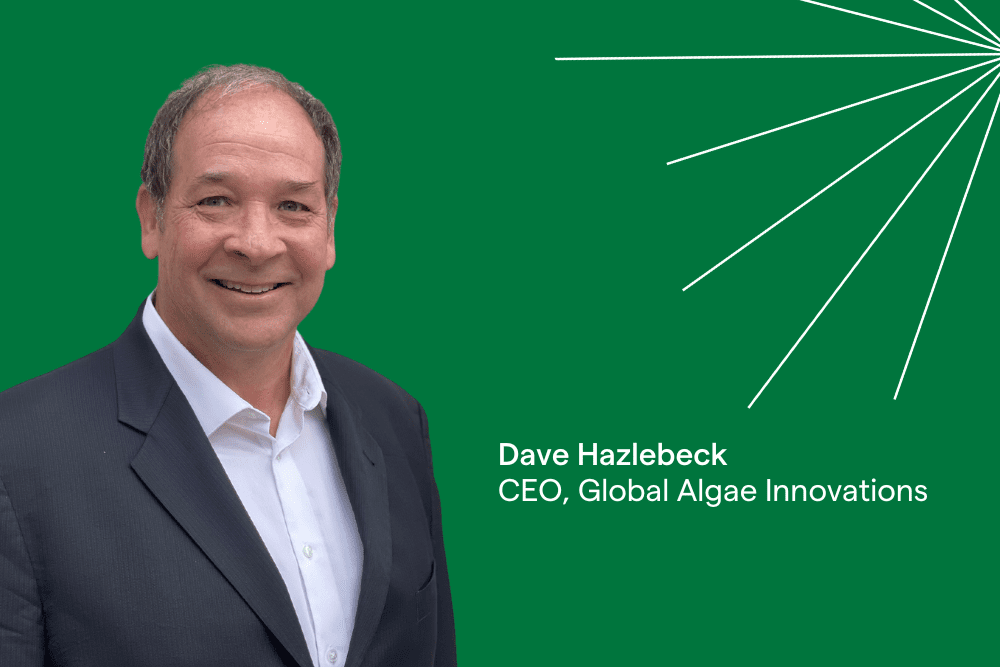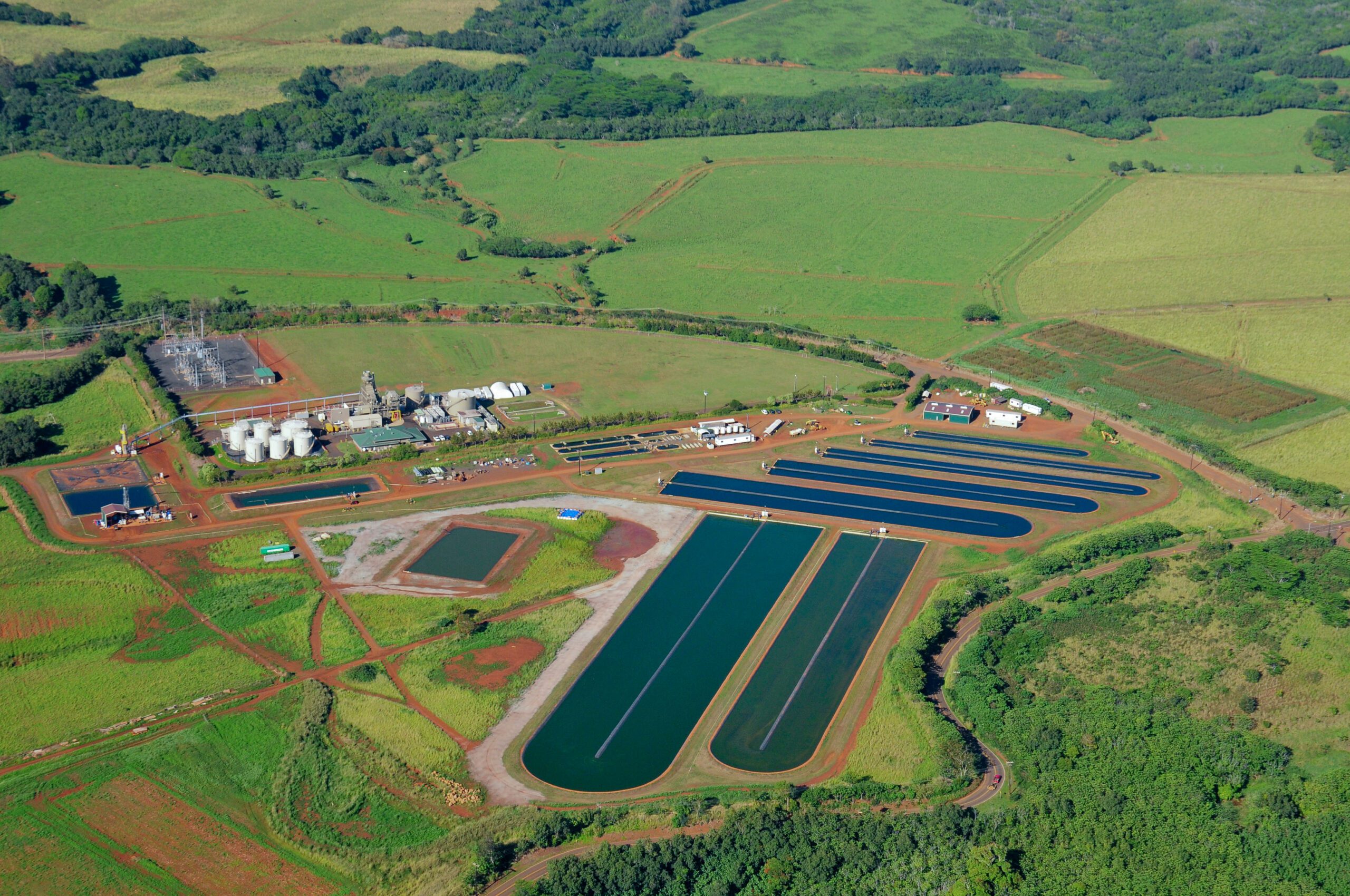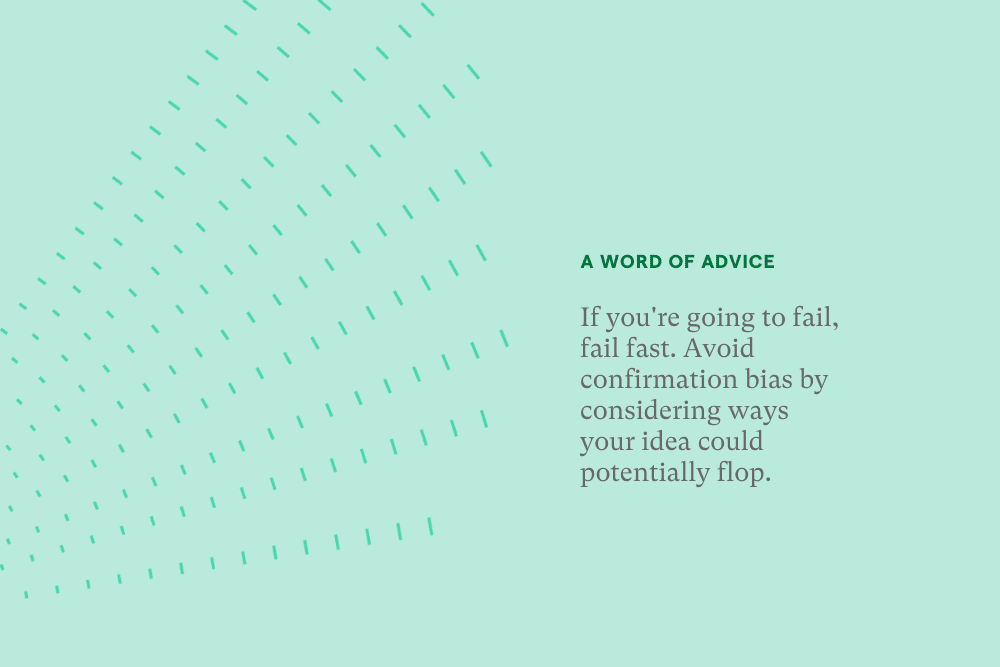April 20, 2023
Member Spotlight: Global Algae Innovations

Global Algae Innovations is Betting Big on How a Small Organism Could Revolutionize Agriculture
Like a Swiss Army Knife, algae is a workhorse with multiple functions and uses despite its compact size. It’s been estimated that between 30,000 to 1 million different species of algae exist in oceans, lakes, and rivers, and the tiny organism does everything from absorb carbon dioxide and release oxygen to serving as food for colorful fish. Algae shows off its complexity when it glows as bioluminescence along California’s coasts at night, and at trendy juice bars across the state when its dried form is blended into smoothies.
David Hazlebeck, CEO and founder of Global Algae Innovations, says we haven’t fully embraced algae’s total potential, and that farming and processing it could completely revolutionize agriculture and how we produce fuels, food, and vegetable oils—and that it can be sustainable alternatives for protein and rainforest-damaging palm oils. With 30-plus years of experience as a chemical engineer, he launched the company to research how algae can be produced at a commercial level to address our most pressing climate and food crises. Last year on Earth Day, the San Diego-based company was a milestone award winner in the XPRIZE Carbon Renewal competition. Today it has a 33-acre research farm on the Hawaiian island of Kauai and is planning to scale up operations.
In celebration of Earth Day, we hear from David about why algae is truly a “superfood” for the planet’s health, what’s next in store for the company, and how sustainability is an essential part of his personal values.
You have worked in chemical engineering at large companies for almost 30 years. What made you decide to venture out and start your own company?
I led the biofuels programs and the waste energy waste treatment programs at General Atomics. As part of that, I started an algae program and led a consortium of about 30 companies working on a grand challenge for DARPA (Defense Advanced Research Projects Agency) to try and develop algae for jet fuel. I really came to understand all the challenges in terms of what it would take to bring algae into the commercial marketplace for commodities, for things like oils and proteins.
But General Atomics is primarily a defense contractor and a nuclear energy company; agriculture is not really their wheelhouse, and they were needing to move to other directions. It was clear there was a lot of research needed to bring algae production through to the commercial phase to make it economically viable. They were moving out of algae, but I felt this was just too important of a technology that the world needed—algae was the only thing that could actually meet the entire world’s demand, or at least the entire U.S. demand, for biofuel because of its high productivity.
I talked to a lot of other companies [in this field] and they were mostly venture-funded. Venture funding is great for a lot of things, but I don’t think it’s necessarily the best avenue for something that has that long of a runway in terms of the R&D that was needed—I saw a lot of them were trying to push to commercialization way ahead of the technology. I was not able to convince any of those companies that they should slow down and go back to laboratory, or at least the smaller scale and figure out some things before they move forward. The only path I saw to making it happen was to start the company.
Why focus on algae? And what makes it so special aside from its applications in producing biofuels?
The reason why algae is so special is its productivity in protein and oil. We can make about nine times more oil per acre as palm oil. We’d be also making 16 times more protein than soy along with that oil. So it’s 25 times more productive from that standpoint. If we only went for protein, we could produce about 40 times more than soy. Those are the two things that are driving a lot of environmental damage: palm oil and protein.
The oil [derived] from algae is vegetable oil. It’s just like any other plant—it’s triglyceride, primarily. There’s some polar lipids as well, just like any other organism. When we grow the algae, it’s about 50 percent oil and about 30 to 35 percent protein, then we separate the oil from the rest of the biomass. We can separate the proteins into a protein concentrate and a protein meal.
Our vegetable oil that we’re making is actually a very good substitute for palm oil. It’s about 80 percent palmitic and palmitoleic fatty acids, which is very similar to palm oil. The main difference is that 15 percent of our oil is polyunsaturated fatty acids, primarily EPA [Eicosapentaenoic acid]; so, it’ll be a very easy substitution once the time comes. There’s a lot of interest in restoring rainforest in Southeast Asia by replacing palm oil with algae oil.
Algae is also full of vitamins, minerals, antioxidants. It’s one of the best sources of those nutrients, which is why you find algae in health food stores. Also, the protein is highly digestible. There’s not a lot of scientific studies on this yet, but my personal belief is it’s going to have a big impact on stunting, which is a major problem and affects 25 percent of the children in the world. Stunting is caused primarily by lack of quality protein and Vitamin A deficiencies, and you can get both of these from an algae.
The main thing is that with algae, we can make oil and protein at an order of magnitude and at higher productivity than other agriculture. We really view this as an alternative form of agriculture that will completely transform the world.
You currently have the farm on Kauai and plan to expand with a larger farm. What are the next steps there, and when do you foresee commercialization happening?
Our main line process now has over 65 significant innovations and 11 breakthroughs, where there’s at least an order-of-magnitude improvement over the prior technology. We are filing about 50 patents this year, and these patents cover the gamut, all the way from how you feed it [the algae], how you get the carbon dioxide in, how you grow it, what the cultivation systems look like, how you harvest it, how you process it. And that’s what was needed. It’s been almost 10 years, and we’re finally ready to scale up now, but we’ve made a lot of progress in technology development.
The primary research is done on Kauai at our R&D farm. We’re on the rainy side of the island (and get 60 inches of rain a year). That’s important because in the future we want to build farms in South America and Southeast Asia—those are rainforest areas, and the primary driver for deforestation there is protein production and palm oil, respectively.
The scale-up is happening on the Central Coast in San Luis Obispo County. It’s temperate, but we want to be able to show that we can grow algae in different climates. The largest raceway we see in a commercial farm would be around 200 acres, so we want to get within about eight to 16 times that level in the pilot scale. We’re at 3 acres right now in our current facility, and we want to scale that to either 12-and-a-half or 25 acres. In 2025 we’d probably build the larger raceway (the 12-and-a-half acre raceway). If that goes smoothly, then we’d be in a position in 2026 or 2027 to build a commercial facility.
What is your biggest challenge right now?
This [alternative form of agriculture] is not something we have any frame of reference for. The industrial revolution was a 12-time improvement in productivity. We’re talking about changes at that magnitude, and it’s really hard to explain how great the impact will be. It totally changes current land-use concerns. Over 70 percent of water withdrawals are for agriculture, and half of agricultural production is for feed. We can replace that half and do it with 90 percent less water because we’re making 25 times more per-acre and we use about the same amount of water per acre. This level of increase in productivity will lead to rural rejuvenation and improved standards of living throughout the world. This is something that’s truly going change everything about the world if it becomes an agricultural revolution, which is what we’re striving to make happen.
With algae, we can make oil and protein at an order of magnitude and at higher productivity than other agriculture. We really view this as an alternative form of agriculture that will completely transform the world.

Global Algae Innovations’ R&D algae farm on Kauai, Hawaii. The San Diego-based company is scaling up with a second farm on California’s Central Coast.
What does Earth Day mean to you, and why is it important that we celebrate it?
I’m a strong Christian, so I feel a strong sense of stewardship for the world that God’s created and concern for all the people in the world. I believe God loves everyone and calls on us to be loving toward everyone, and there’s so much suffering in the world. I really see this technology as a way to both greatly improve the environment and people’s lives, and to create an abundant and sustainable world where there’s plenty of resources for people and for nature.
I think Earth Day is great because of that: it’s great to have a day that we focus on and recognize companies, organizations, and people that are really trying to make improvements in the world, because environmentally we are doing a lot of damage. For example, the socio-economic forces driving deforestation are so large that deforestation is higher now than it was 20 years ago, when we started focusing on trying to stop it. And we’re not going to be able to stop deforestation unless we bring some kind of technology like algae farming to bear that increases our productivity of protein and oil because those are the things that drive it.
What advice do you have for up-and-coming life scientists?
If you’re in an area trying to solve problems—whether you’re starting a company or working in a group in a larger company—when you’re approaching your research, there are two things to do that I think are important. One is fail fast. When you have an idea, try and figure out how to prove that it won’t work, because everybody has confirmation bias. You can’t get away from it. If you’re trying to prove something will work, it’ll look like everything is lining up and that it’s working because you’ll see everything through that lens, and it may not be. If you structure it as ‘how do I prove this idea won’t work?’ and you also say, ‘what’s the fastest way I can get there?’ that can help identify what things to spend money on and where to put your resources.
Second, you need a lot of ideas and cracking creativity is important. If you’re not naturally creative, there’s a lot of books on how to brainstorm and how to look differently at things. For instance, take two things that are completely unrelated, like say driving and feeding nutrients to algae, and then try and figure out how those are related and use that dissonance to come up with new ideas. That’s just one example of a way to expand your idea pool, but there are many techniques that you can learn.
